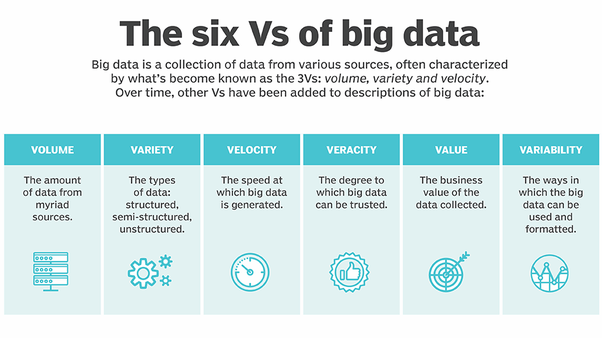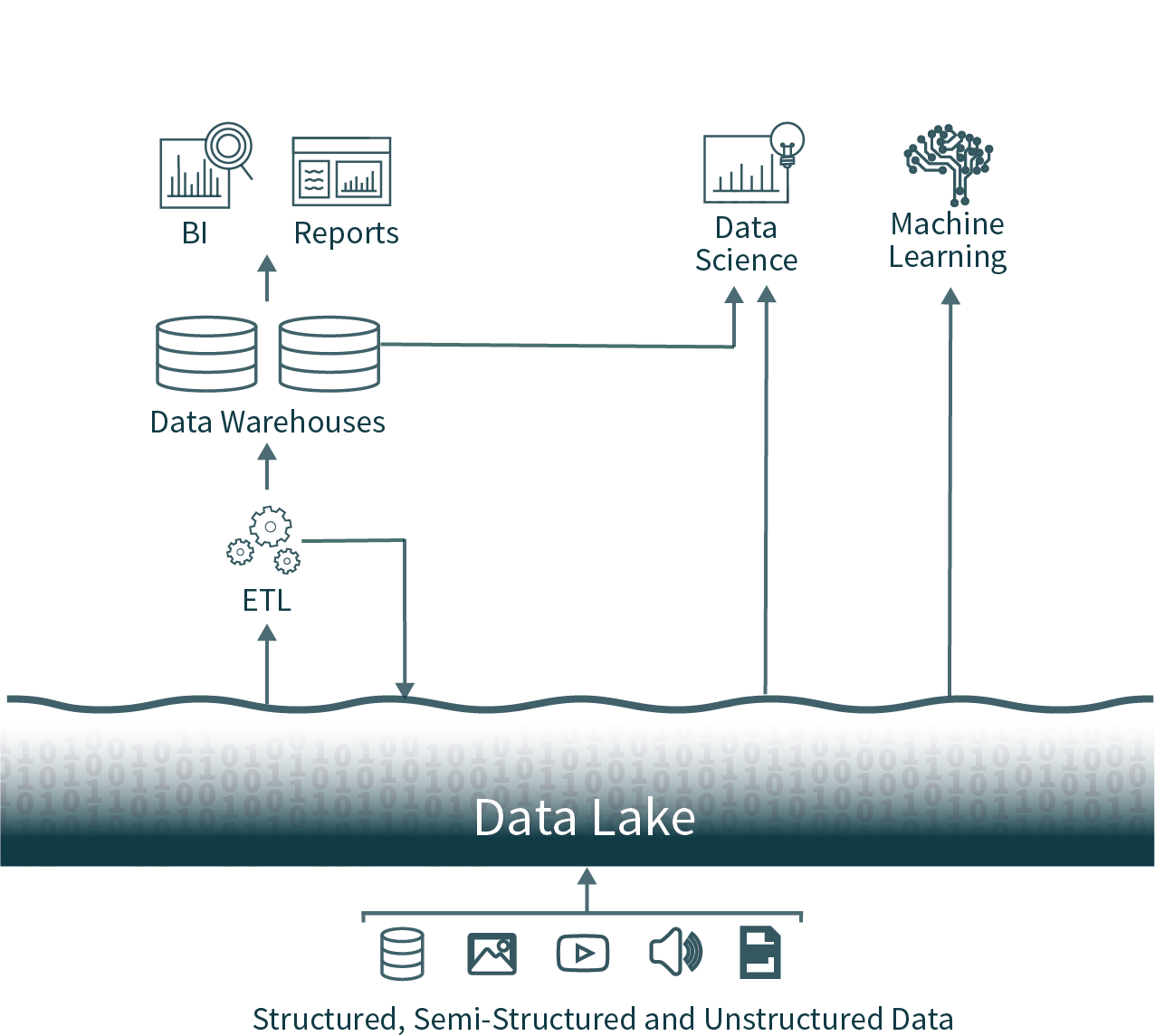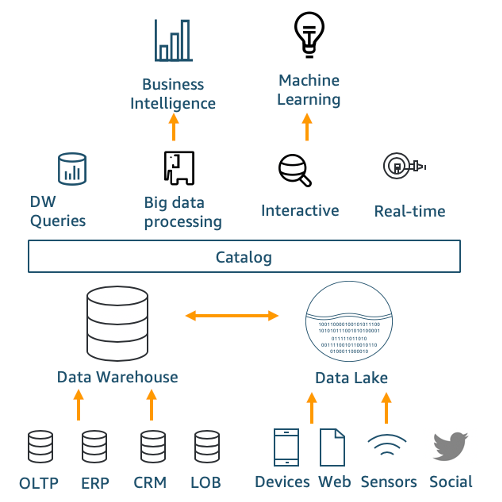

For such cases, you should look at pulling data from the SQL database. One of the cons is that this data architecture is not ideal for making direct queries. If you’re strongly considering a data lakehouse, a couple of pros and cons we mentioned earlier are worth rementioning. With these tabular models, you’re essentially creating miniature data marts that are specific for reporting. Once these flat files or dimensions are inside the data lakehouse or the folder, you simply pull them into Power BI tabular models and start building your reporting infrastructure. You’re able to create different dimensions and fact tables in your report even if they’re not related because all you’re doing is creating a container or a folder of different flat files. With a data lakehouse, it’s possible to create enterprise-wide reporting in Power BI cost-effectively. A data lakehouse might be an ideal data architecture if scalability and reliability come at the top of your enterprise’s list of concerns. If your enterprise needs optimization of ROI and total cost of ownership on an existing data lake, a data lakehouse is an apt choice.

However, the implementation of a data lakehouse solely depends on your specific Power BI requirements. The recent report from The Conference on Innovative Data Systems Research (CIDR) argues that the data lakehouse stands as the next big idea for data management. Why Enterprises Are Choosing Data Lakehouses

Data lakehouse, the most recently introduced data architecture, aims to address all those existing shortcomings.Įvery business requires unique data architecture for better allocation and analysis of both structured and unstructured data. However, both data lakes and data warehouses have their own drawbacks and challenges. Not long ago data lakes entered the BI scene, utilizing the cost-effective storage capacity of cloud technology. The global market size of data center infrastructure surpassed $50 billion in 2020 and is expected to grow at a CAGR (Compound Annual Growth Rate) of 11.5% from 2021 to 2027.įrom data analytics to business intelligence, data warehousing has served enterprises well for years. In today’s data-driven world, the reliability of the data sources and the stability of the data architecture remains the cornerstone of enterprise Business Intelligence (BI) efforts.


 0 kommentar(er)
0 kommentar(er)
